- Series of six mythological panels, Luigi Mascaroni, Milan, early 19th century
Six inlaid panels with representations of six divinities, represented within ovoid frames, belonging to the Greek-Roman mythology. The frames, except for the corner squares, are veneered in bois de violette di testa also in the profiles and threaded with three fillets in boxwood, maple and cedar, the oval reserves themselves, placed on a maple background are framed by the thread previous with the addition of a bone fillet. The deities are instead inlaid on a bois de violette background with the use of various woods, and bone in some details dyed. Particularly valuable and refined in execution is the engraving that shades and draws the wood. The panels bear the inscription on the left “Raffaele Sanzio Urbino.” On the right “Luigi Mascaroni Fece”, in the center under the wooden painting the name of the depicted divinity.
The gods are all depicted above a chariot pulled by various real or monstrous animals, and are recognizable not only by the name given below the scene, but also by the attributes they are accompanied by. Apollo is in fact crowned with the rays of the sun from which he drives the chariot carried by the four horses; pulled by two vestals, Diana has a crescent on her forehead and is accompanied by a bow and arrows, hunting tools; Mars is depicted as a triumphant warrior god holding a spear; Mercury wears a helmet and winged shoes while with his right hand he holds the caduceus, his chariot is pulled by hens; Saturn holds a spear and holds the reins of the two infernal serpents; finally Venus is represented as a half-naked girl whose chariot is pulled by four doves.
The works, never touched, still have in the rear frame the ancient nails that keep them fixed to the frames.
Dimensions: 52 x 58,5 cm ( 20,5 x 23 in )
CODE: ANTALT0000964
The six tables all bear the signature “Luigi Mascaroni Fece” and must therefore be attributed to the hand of Luigi Mascaroni, metal and wood inlayer active at least between 1842 and 1850; he probably came from a family active in the same sector, as evidenced by the close stylistic links that unite the panels with the furniture production of Antonio Mascarone, chronologically more advanced than ours and of which it can be assumed that he was the father or an uncle.
On the tablets there is also another important inscription “Raffaele Sanzio Urbino” which testifies to the model to which Mascaroni referred in the depiction of the scenes: the gods are in fact precise repropositions of the drawings made by Stefano Tofanelli based on Raphaelesque invention and which circulated widely through various engravings, some of which certainly viewed by Luigi Mascaroni (an engraving of Antonio Regona’s Mercury is now preserved in the Civic Museums of Monza). In this regard it must be said that the original series of prints by Tofanelli was of seven divinities, Jupiter is missing.
Luigi Mascaroni himself was the author of two panels inlaid with pastoral scenes derived from engravings by Francesco Landonio, as is accurately indicated on the plates themselves, next to the artist’s signature. The two paintings, belonging to a private collection of Carate Brianza, have a completely identical setting and method with respect to those adopted in the tablets in question, even if in this case the inlayer granted himself a greater license in the transposition to inlay, both for the counterpart revival of the engravings, and for the reinvention of backgrounds with the addition of bushes, stones, trees and birds. Also by the same author is known an inlaid table that I was able to personally see; it is a piece of furniture from the second quarter of the century marked „L.M.F. 1843 “, also in this case several reserves group together mythological and bucolic scenes inlaid in the same woods and with the presence of bone, however, the inlay and especially the engraving are of lesser care.
Lastly, the important discovery made by Alessandro Wegher in the research we have undertaken on this cabinetmaker should be noted. This is the panel kept in Bergamo in the Church of Saints Bartolomeo and Stefano, based on a design by Diotti, also signed like the others. For the corpus of works known to us today, we can define the cabinetmaker Luigi Mascaroni more inclined to create wooden paintings than furnishings.
– Clelia Alberici, Daniela Cuomo, Sandra Lebboroni, G. Villani, Civiltà del Legno, ed. SAGEP, 1985;
– Alvar Gonzàlez-Palacios, Il tempio del gusto, La Toscana e l’Italia Settentrionale, ed. Longanesi, 1986;
– Giuseppe Beretti, Laboratorio, ed. In Limine, 2005;
– Enrico Sala, Maggiolini & Co., ed. Anticonline, 2020.

FineArt is the new ambitious Di Mano in Mano project that offers an exclusive choice of antiques and design works, presenting them for their singularity and uniqueness.

FineArt by Di Mano in Mano is a team of experts at your service to enhance furniture, paintings, finest antiques, art and design masterpieces at best.
Di Mano in Mano
Via Castellazzo 8, Cambiago (MI)
20040